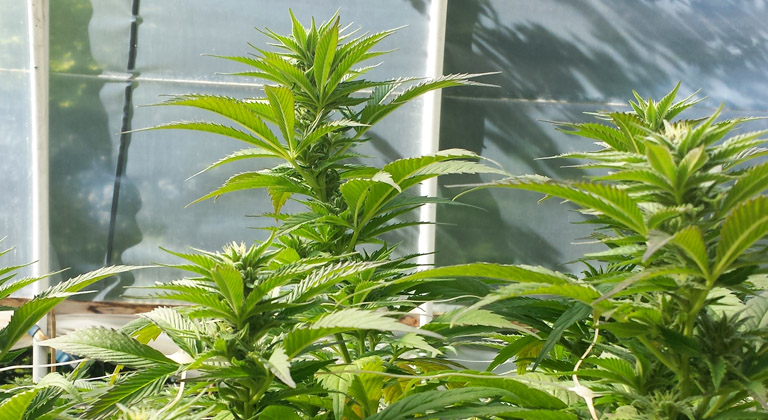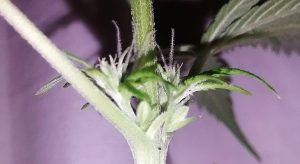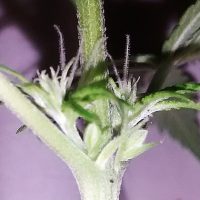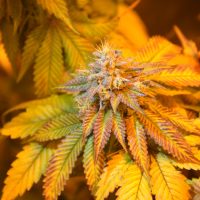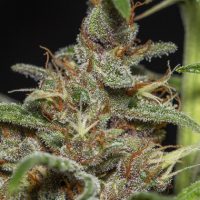When it comes time for sewing your seeds, everything’s usually planned out in the garden and all that’s left is to give life to the strains you’ve chosen. Depending on the choice, your grow will have certain strong and weak points – either way, there are still outdoor dangers to deal with and protect plants from.
Nowadays, there are many strains that adapt to pretty much any needs; in the US, they’ve advanced quite a lot in the field of genetic research and other fields related to cannabis, and Europe is now a veteran when it comes to creating and stabilizing new strains. All of this makes for an incredibly wide range of possibilities.
The specific care given to plants will depend mainly on the chosen strain and the particular dangers of the area its grown in.
Whether their indica or sativa dominant, all strains pose the same question; how do you protect cannabis from outdoor dangers?
First Growth Stages
When it comes to growing outdoors, seeds are usually the starting point although others prefer to use clones and start a bit later. However, whichever the method may be, all plants are faced with the same dangers when planted outdoors.
Germinating the Seed
If using seeds, it’s recommended to germinate them and keep them inside as saplings – no type of special lighting is needing during this period – sees germinate in the dark, and saplings can start growing with light from a window, for example.
If the plants begin to stretch and their stem gets too long, they may need more light in order to produce enough energy to grow like an adult plant. In this case, we recommend increasing the amount of light given to the plants until its time to place them somewhere with more direct sunlight and maybe a breeze that can help to strengthen the stem and stop them from stretching too much.
Keep in mind that cannabis plants need direct sunlight, and a series of environmental conditions in order to grow correctly and offer good results – if not, you may end up with low-yielding plants.
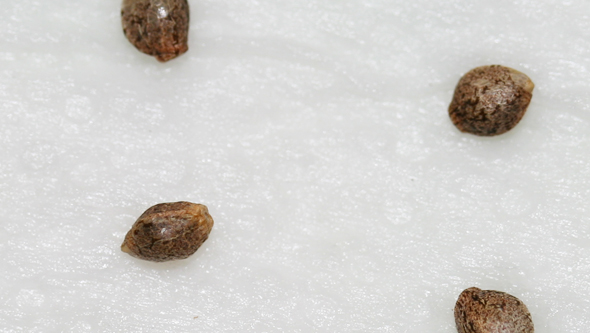
Birds and Snails
Due to the small size of recently germinated seeds during the first growth stages, a bite from a snail or a bird attack could be fatal for the plant. It’s important to keep plants well protected during this phase in order to avoid any losses or stunted growth, which can negatively affect final yield depending on when the germination takes place.
Growers that plan on growing autoflowering seeds should keep in mind that these seeds don’t depend on the daylight to flower; they automatically flower 4-6 weeks after germinating. This is why any time lost when growing these strains usually means less yield.
The ideal way to plant autoflowering strains is to plant them straight into their final flowerpot, avoiding transplants that could stress them out and stunt their growth, once the seeds have germinated. The plant needs to be protected during this first stage from dangers such as birds and small insects. A good homemade method to do this is to use a large bottle to cover the plant until it has 3 – 4 pairs of leaves; an affordable, efficient solution. This is also valid for those that are growing light-dependent strains.
Proper Watering
Excess water can cause fungi to appear, which doesn’t take long to ruin small plants. Too long of a drought can also be fatal for plants; when they’re this small, they don’t have enough space to store water and they’ll dry out quite fast.
Whether it’s clones or seeds, recently grown ones will have a small root system which means that they’ll need careful watering; they don’t need much water as they can’t absorb it. One of the most common mistakes that new growers make is watering without keeping this factor in mind.
A common trick is to use your finger to make a small hole – if it comes out clean, it’s time to water. However, if it’s wet the soil is still moist and needs more time. This trick can make for good watering habits throughout the entire growing period.
Either way, if there’s any accidents when watering and overwatering occurs, we recommend using preventive products to avoid pathogens. Paraffin oils are a good option, covering the plant surface with a protective film which stops fungi from developing.
Another factor to keep in mind when watering is the fertilizers you plan on using. For the very first stages, we recommend using root stimulants, as recently planted saplings and clones don’t have a properly developed root system and they won’t be able to absorb too much.
Another good idea is to use enzymes when watering, at least once a week, even if they’re not accompanied by nutrients; they help decrease the amount of salts in the plants’ substrate, helping the plant generate more growth and stay healthy.
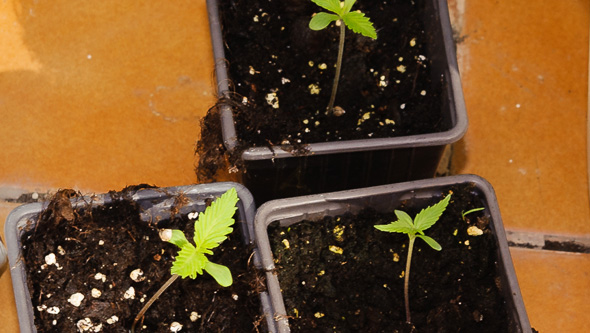
Growing Medium
This may sound repetitive, but it’s important to consider the growing medium and to make sure that it’s right. The most normal way to grow is to use a flowerpot and then sometimes transplant to the ground – the best way to do this is to make sure that, when in a flowerpot, the plant uses 100% substrate designed for cannabis. There are many brands on the market designed to help growers. Make sure not to budget too hard on soil; it’s a basic and fundamental element when it comes to correctly growing cannabis.
When transplanting to the ground, the substrate used to fill the hole should be a mix of 50% soil designed for cannabis and 50% of the natural soil taken out to make the hole.
As we said earlier, there are many dangers that cannabis plants face when it comes to outdoor growing; it’s important to talk about and get to know these factors, as they’re quite dangerous, especially outdoors.
Soil recommendations:
Once of the best substrates for outdoor growing is Light Mix by BioBizz, a substrate that has balanced pH and EV levels, with little nutrients, ideal for the smallest saplings in the garden.
When filling out the ground, one of the best options is Sabika Light Mix, a light and affordable substrate.
Check out our post on how to choose a growing medium to find out more information.
If you have any questions or want to add anything, let us know in the comments below.
La Huerta Grow Shop.
